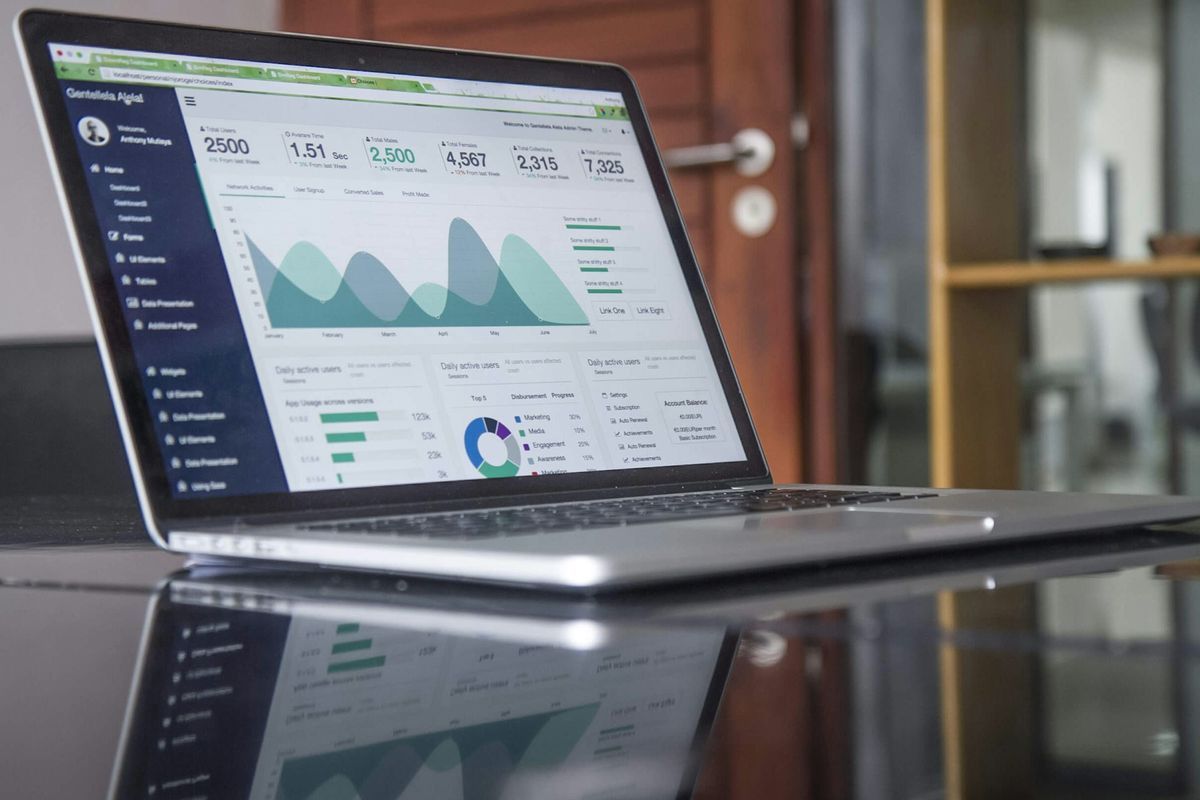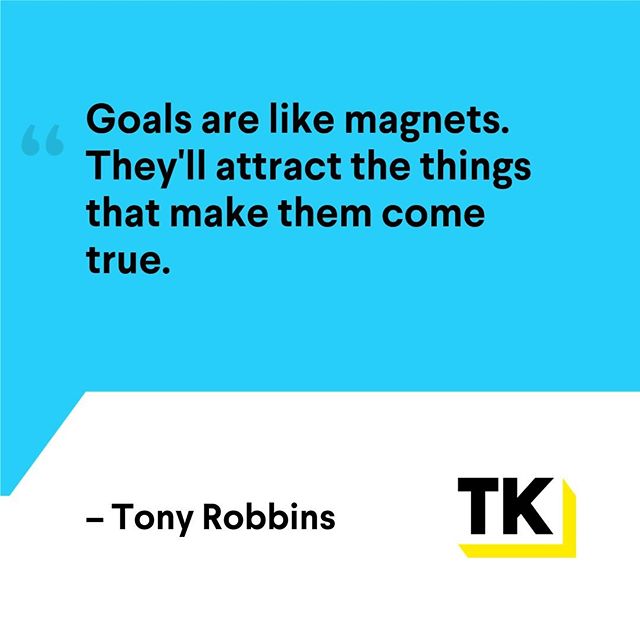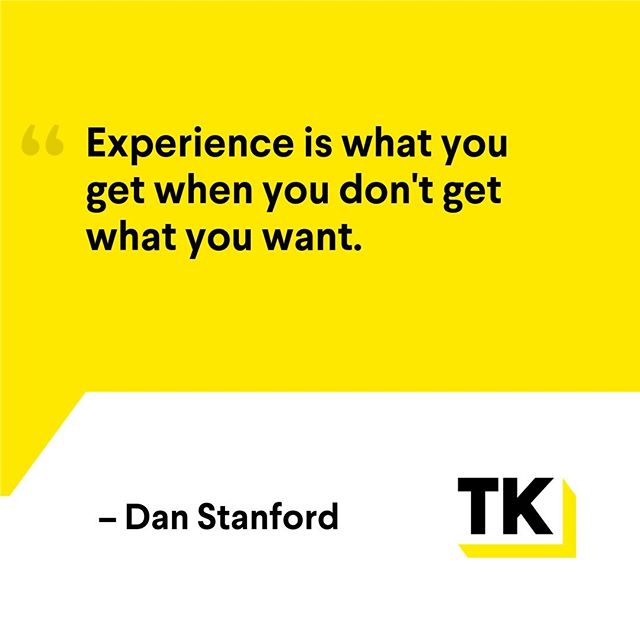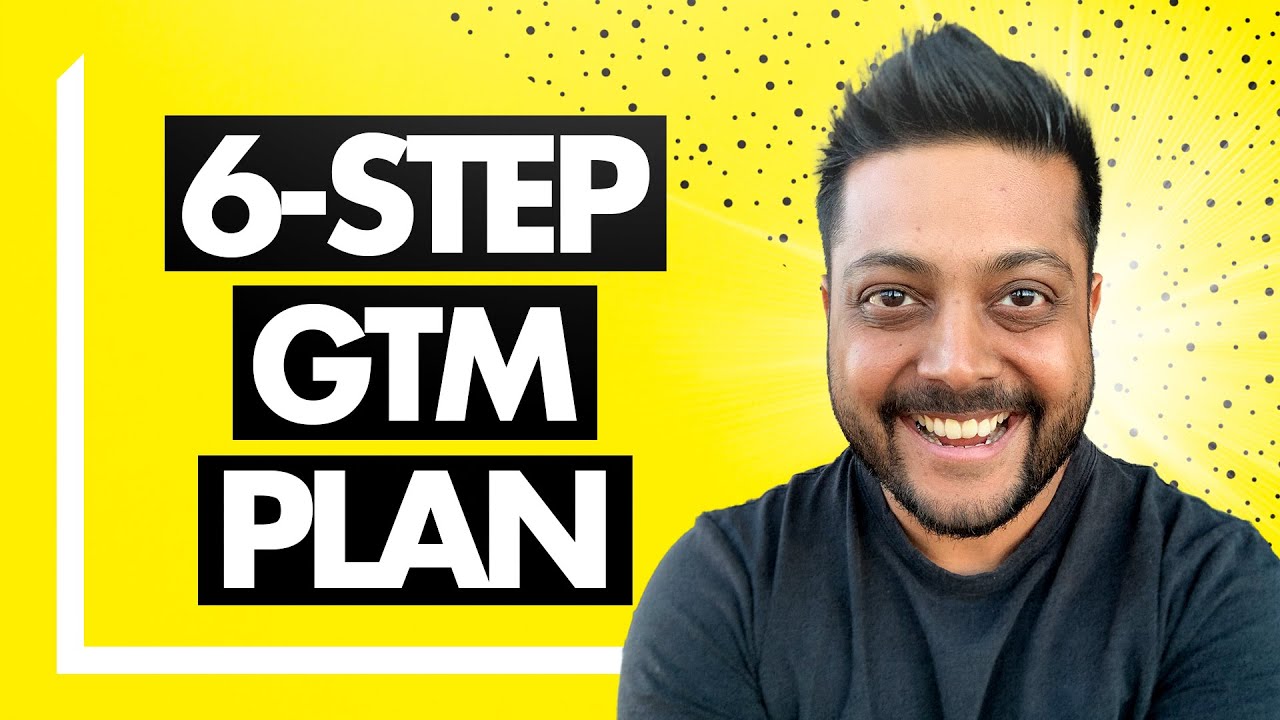Product-led growth is hot in SaaS, but can be super nuanced and confusing at the same time. If your SaaS company places the product experience at the forefront of customer acquisition and retention, then you’ll need a proper product-led go-to-market strategy.
In this blog, I’ll walk through the three core principles you need to know to define your product-led growth GTM strategy.
- Establish your Flywheel
- Find your Product’s “Ah-Ha” Moment
- Cross-team Alignment
- Upsell, Cross-sell, Expansion
What is Product-Led Growth (PLG)
Product-Led Growth (PLG) is a strategy emphasizing the product itself as the primary driver. Unlike traditional sales-led models, PLG focuses on delivering exceptional user experiences, intuitive interfaces, and self-service functionalities to attract and retain customers. If your SaaS company adopts product-led GTM, you’ll leverage your product’s inherent value to organically drive growth.
When you prioritize customer satisfaction and product engagement, your SaaS company can cultivate loyal user bases and achieve sustainable, scalable growth over time.
Product-Led GTM
The company that I had started, ToutApp, was a sales engagement platform. We were product-led growth. With PLG users would first sign up for a trial, use it, and then convert. Our sales team monitored usage and would swoop in when opportunities arose. We were a true self-service PLG. We prioritized enhancing the new user experience to drive effectiveness from the start and worked to upsell into larger enterprise plans.
Through my experiences, I learned a lot about what makes a quality product-led go-to-market strategy. Here are my top 3 principles:
Principle Zero: Establish your Core Flywheel
Every single SaaS business has a flywheel. You need to establish and optimize this flywheel. But what goes into a core flywheel?
1. Ideal Customer Profile (ICP)
Start with defining your Ideal Customer Profile (ICP). Understanding your target audience allows you to precisely ensure that your marketing, sales, and product teams are aligned and your strategies resonate with those most likely to benefit from your product.
2. Acquisition
The acquisition process involves the strategic efforts aimed at attracting new customers or users to your product. This involves deploying various marketing tactics to raise awareness, generate interest, and ultimately convert your ideal customers into active users.
When you’re product-led, the acquisition process is driven by the product itself. But, the product team will also have to partner up with marketing. This involves utilizing various channels such as inbound marketing, content creation, product demos, and free trials to showcase the value proposition and capabilities of the product. When you offer an easy sign-up process and emphasize self-service functionalities, you lower the barriers to entry and empower users to experience the product first hand.
3. Activation
Once your leads are acquired, activation becomes crucial. Your product should guide users seamlessly through onboarding experiences to encourage initial engagement and value recognition. The goal is to deliver a seamless and intuitive experience that enables users to realize the benefits of your solution quickly.
When you activate users effectively, your SaaS business increases the likelihood of long-term retention and satisfaction, which sets the stage for ongoing usage and referrals.
4. Revenue
When your users have activated, the focus shifts towards monetizing the value delivered to customers and maximizing the profitability of your user base. This phase of the flywheel comes after your lead becomes an active opportunity, and is now ready to become a paying customer.
If you’re looking to optimize this phase, there are various pricing strategies to implement. You may also explore upselling and cross-selling opportunities to expand average revenue per user and expand the lifetime value of customers.
5. Retention
After your users become paying customers, you’ll need to maintain and nurture those customer relationships to encourage ongoing usage, satisfaction, and loyalty. This can be done by implementing strategies aimed at reducing churn, such as exceptional customer support, regular product updates and enhancements, and offering personalized experiences.
6. Referrals
Your best customers know your future customers. In the last phase of the flywheel, you’ll turn satisfied customers as advocates to drive organic growth through word-of-mouth referrals. This can be done by incentivizing existing customers to refer.
By cultivating a culture of advocacy, you can amplify your flywheel’s momentum and accelerate growth through trusted referrals.
Even as a product-led business, you still need a scalable GTM strategy. Grab a complimentary copy of my 5-Point SaaS Growth Strategy Guide below to learn more, or continue to the next steps.
Step One: Product “Ah-Ha” Moment
Upon establishing your product-led GTM strategy flywheel, the next step is to ensure your company should be using product-led growth.
If your product allows the buyer and user to swiftly reach an “ah-ha” moment upon activation, you’re a prime candidate for PLG. However, if your product involves a complex transformation, a traditional sales-model may be more suitable. The key question is whether we can design a product experience that accelerates the user’s journey to that ah-ha moment.
In the case of ToutApp, our target was salespeople. We seamlessly transitioned individuals from our ICP into product trials, integrating efforts across marketing, product development, and sales teams.
Step Two: Cross-Team Alignment
Product-led growth doesn’t mean that the product team solely just drives the growth. It means that the product team needs to collaborate closely with marketing to drive leads into the product itself. Marketing crafts the messaging and positioning to effectively convey your value proposition. Their efforts guide your leads towards starting a free trial, demo, or the product itself. Meanwhile, the product team commits to creating a new user experience, preventing drop-offs.
This means you should be monitoring the percentage of people that convert from becoming a lead, the percentage of those actually activating, and the percentage of those that become revenue. Then you should run 1-3 experiments every week to actually increase those percentages in partnership with marketing and product.
Step Three: Upsell, Cross-Sell, Expansion
Once you get a user you want to start thinking about how to upsell that user. With ToutApp, we built out things into the product to drive upsell and ask for referrals. We had upsells for certain features to get them into higher plans. What was more powerful was we had sales partnered with the product team to get in there and enable that one person to drive upsells, cross-sells, and an expansion opportunity.
So, although you are product-led, to go through the entire flywheel efficiently, you must also partner regularly with marketing, sales, and product.
Key Product-Led Metrics to Track
As you walk through the product-led GTM flywheel and your product-led strategies, there are three major metrics you need to track. I mentioned this briefly earlier but I’ll emphasize it here.
Traffic
Tracking your traffic is extremely important even when you’re product-led. Despite the misconception that a product-led GTM approach negates the need for marketing, you still need to drive traffic. At the end of the day, in order for your product to lead the growth for your company, you need people to actually discover your product in the first place.
Acquisition
Tracking the acquisition percentage, or the percentage of traffic that converts to leads is crucial for assessing the effectiveness of your marketing efforts. When you monitor this metric, you can gain insights into the effectiveness of your lead generation strategies, the quality of leads generated, and the overall health of the funnel you are using. A high acquisition percentage indicates that marketing efforts and your product are effectively attracting quality leads, while a low percentage may signal issues in lead nurturing or product market fit.
Activation
Your activation percentage measures the percentage of leads that take meaningful actions inside your SaaS product during their free trial or demo. Tracking this metric is essential for evaluating user engagement and product adaptation. It will provide super valuable insights into the effectiveness of your new user experience and the overall experience your product provides. A high percentage indicates that users are successfully onboarding and engaging with your product, which potentially leads to increased retention and customer satisfaction. On the other hand, a low activation rate may signal issues with usability, feature discoverability, or value communication.
Revenue
It’s not just about generating revenue initially. It’s about ensuring ongoing value delivery and customer retention. By examining what percentage of traffic converts to leads, how many of those leads activate the product, and ultimately what percentage converts to revenue, your business can track the efficiency of your strategies. A high revenue percentage signifies a healthy sales funnel and strong customer retention, while a lower percentage may indicate areas for improvement in customer engagement, product usability, or pricing strategies.
In Conclusion
If your SaaS business is driving the product-led growth movement, you can expect to drive sustainable growth and foster long-term customer relationships. It is all dependent on how you structure your Go-To-Market strategy.
If you still need more guidance on how to create a product-led go-to-market strategy, and want a step by step framework to follow, grab a complimentary copy of my 5-Point SaaS Growth Strategy Guide below.












